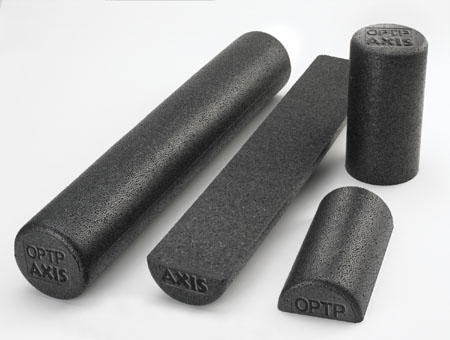Diet Soda is Worse than Just Regular Soda!
I feel bad for those who have been sitting around for years drinking diet soda and thinking they are doing their bodies greater justice than those “regular” soda drinkers. In fact as recent long term studies have been coming out is has been studied that those who drink diet soda regularly not only gain inches on their waist, but also have a greater chance of developing diabetes. The problem results in the fake sugar (ex: aspartame) that we put in our bodies. While this fake sugar may not have any actual calories it has been shown to be 180 times sweeter than actual sugar. There are many theories still buzzing in the air about what the problem is with diet drinks. It can be linked to other unhealthy choices, the lack of calories makes people more prone to eat more unhealthy calories, or maybe it does have a direct link and fake sugars actual mess with our system.
I encourage all readers to not trust just one or two studies because that can make one deeply misinformed and easy persuaded. But instead keep the information I provide as plausible evidence as you continue to educate yourself about what you are consuming. With that said look at the information below and consider that many things we consume have no place in our nutritional diet and could in fact be doing us more harm than good. On that note look up genetically modified foods and see how those are causing more problems then we can even identify.
The eight year study done by the University of Texas Health Science Center showed some surprising stats that suggest, but not prove the link of diet soda consumers with greater risks than regular soda consumers. This really does come as a surprise and some refuse to believe this as they have sat for years saving calories in their comforting beverage. Here are the stats:
1 can of regular soda a day showed a 32.1% increase in risk of obesity
1 can of DIET soda a day showed 54.5% increase in risk of obesity
At the end of the day we as a society need to choose healthier choices. None of us NEED soda. We consume so much as a society that we can’t escape it any where we go from the checkout at the grocery store to the airplane to even at modern day “lemonade stands” that I have seen in the neighborhood selling a can of pop for a buck. We must seek healthier choices in the drinks we consume. I am not innocent from any of the above that I have written about. In fact as a high schooler I drank a soda a day, as I entered college I thought that I would save some calories and drink diet sodas, but as I reached graduate school I had a good friend suggest that maybe I just am craving the carbonation, such that is in club soda (or rather water with carbonation). Not wanting to fall victim to the cravings of soda I eagerly tried just drinking “water with bubbles”. Much to my surprise, I no longer craved soda and now actually do not enjoy regular or diet soda (thankfully!). Drinking just carbonated water was enough to end this decade long relationship with a sugary drink that provided me with NO benefits. In fact soda has been shown to decrease bone density. Many of our children and many adults today have been showing to have significant decrease in bone density thats hasn't been seen for decades. There is some association with caffeine blocking the ability of calcium to absorb.
I urge those of you who are reading this to not feel guilty about the soda that you may drink, but instead to consider other options that are out there that can satisfy your craving. For some it may be club soda with a splash of juice and others may want to just consider beginning with limiting the amount of soda they drink in a day. As a final note I would like to mention that many people who are overweight in our country could lose easy pounds by eliminating all drinks other than water. The fancy drinks at coffee shops, sodas, energy drinks, and juice. I could write a whole blog on each one of these beverage choices that most Americans have at least one of in a day. If we limited ourselves to just water we would see a huge change in most people with energy level, health, and for some our bank account.
It is these small modifications in our life that can lead us to our optimnum health. Everyone of us can make changes to enhance our living from chnaging our food consumption, chnaging our activity level, and for some ven changing our lifestyle. Hopefully this blog brings up the issue of modification of what we consume so carelssly and help you think about starting a change.
http://www.webmd.com/diet/news/20050613/drink-more-diet-soda-gain-more-weight

